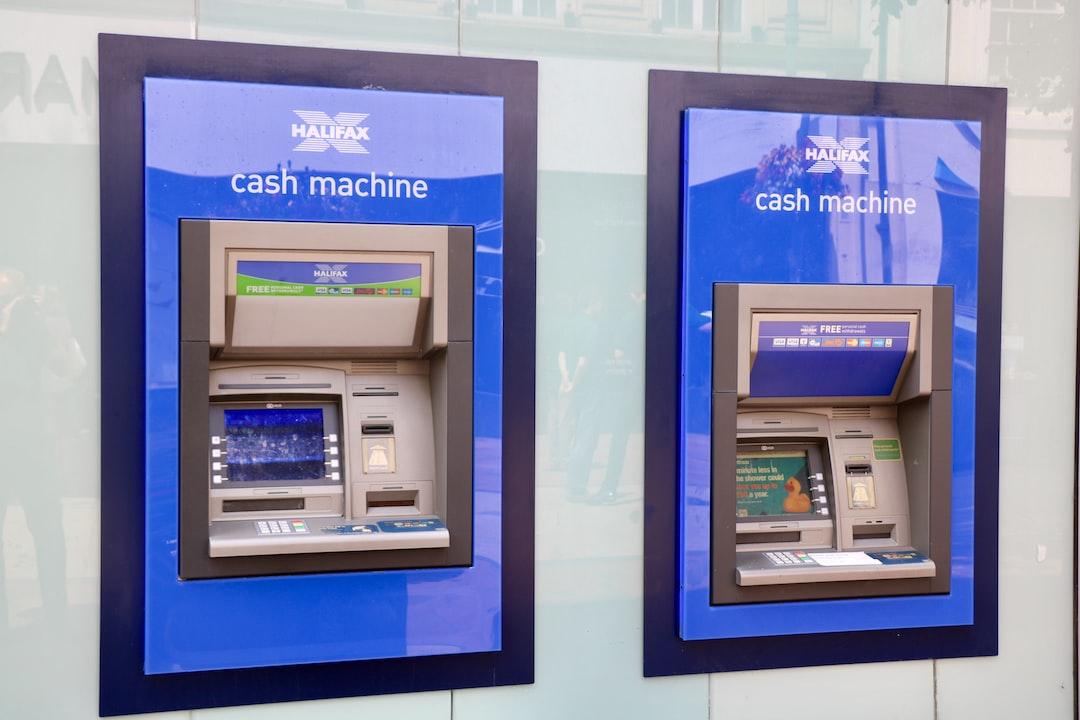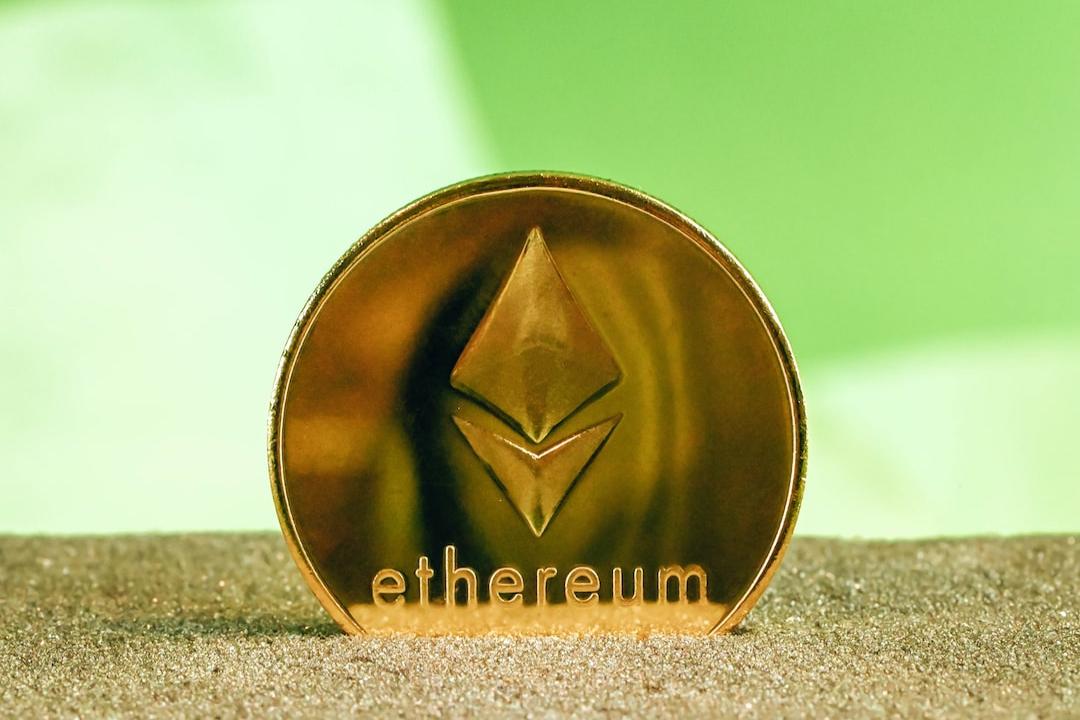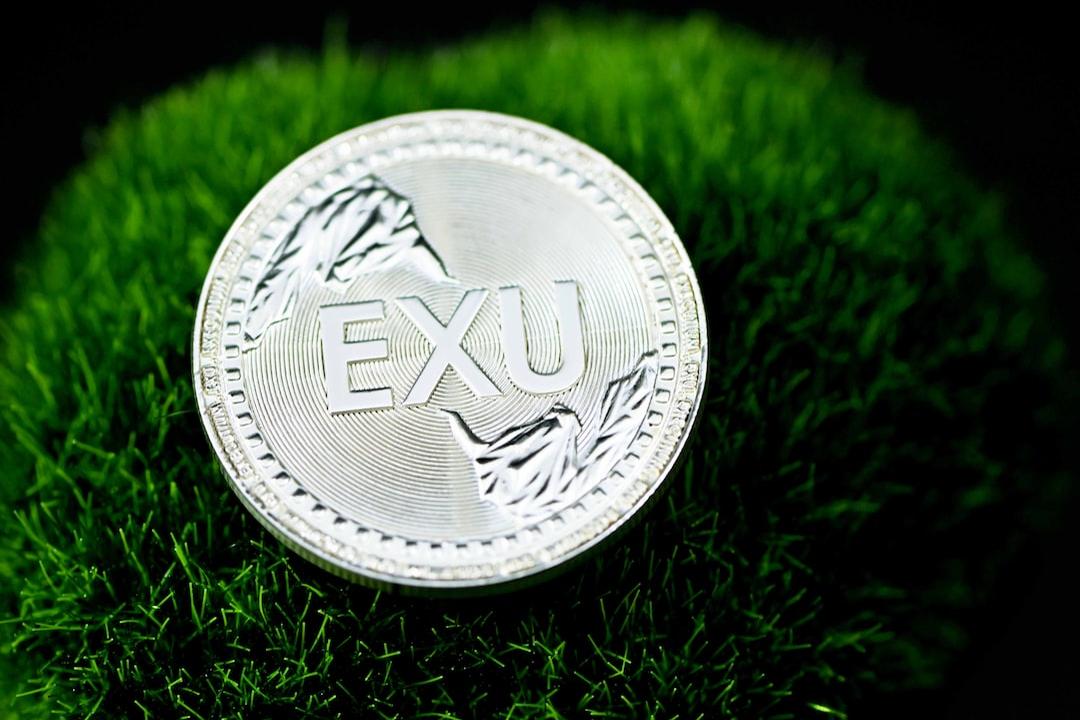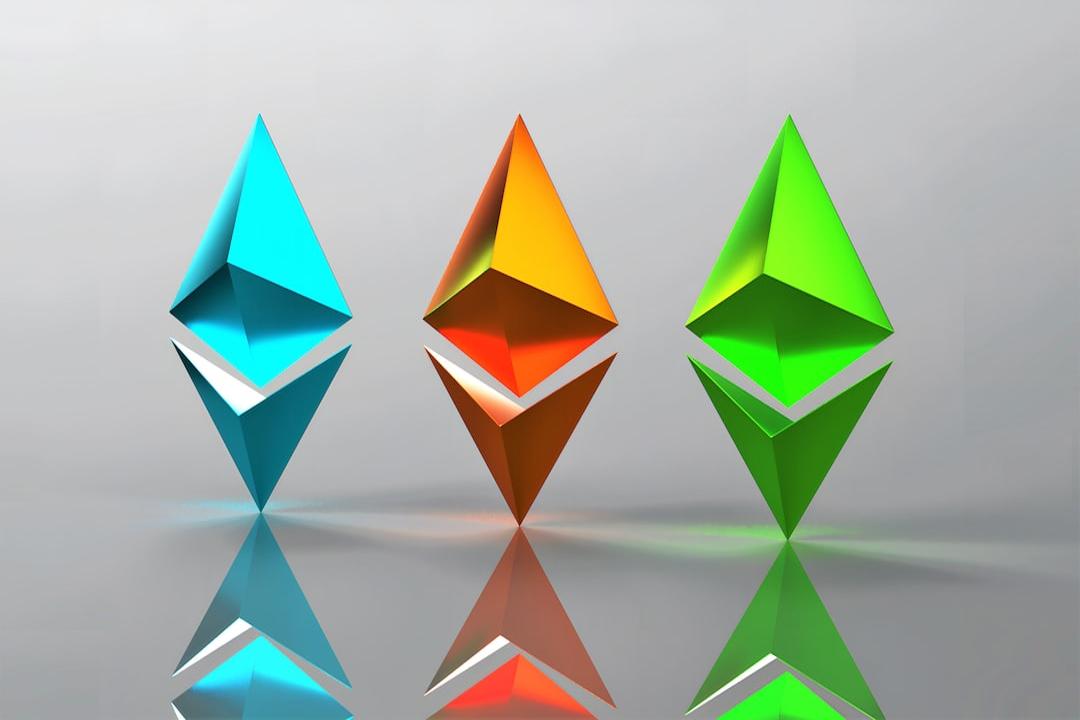As long as DeFi outperforms other tokens for a period of time, others will have FOMO. This article is sourced from a tweet by Ignas, Stacy, organized, compiled and written by Blockbeats.
(Background:
Analyzing Curve founder’s liquidation event: the third DeFi defense war, why is he indifferent?
)
(Supplementary background:
Old DeFi entry into RWA: Can TrueFi’s on-chain credit agreement successfully break through?
)
Table of Contents for this article
Transition from narrative to product market fit
The project will have clearer indicators to measure success
Looser digital asset financing environment
Booming M&A market
Are DeFi tokens wrong?
During this cycle, the most active areas for degen are airdrop mining and meme coins, corresponding to the seemingly dying DeFi tokens. However, under the staking narrative, Pendle remains well insured, rising by about 750% in the same period, and Uniswap’s fee switch may become a turning point for other DeFi protocols to emulate.
DeFi researchers Ignas and Stacy discussed recent trends, and they believe that the altcoin season, which changes the rules, has not yet been achieved. But Ignas is still bullish on DeFi, and BlockBeasts translates the original text as follows:
The OG tokens in the DeFi (decentralized finance) field seem to have died.
But the market is about to experience a major change, a new wave of FOMO is about to surge into DeFi. Here’s why DeFi is about to rise:
DeFi tokens have significantly underperformed ETH. The DeFi Pulse Index (DPI) has fallen relative to ETH for three consecutive years. And in this cycle, the performance of ETH itself is also lagging behind BTC. The DPI includes tokens such as UNI, MKR, LDO, AAVE, SNX, PENDLE, and others.

The only exception is PENDLE, which has risen by about 750% in the same period.
Why Pendle? The answer is multifaceted. They have successfully found a strong product-market fit (PMF) during the points meta period.
Airdrop mining and meme coins are the most active areas during this cycle.
Airdrop mining has reached a turning point: low circulation projects are launching dump airdrop events, and a high fully diluted valuation (FDV) means that more tokens will be continuously dumped into the market. But no one wants to buy these tokens! And behind every successful meme coin, there are 99 that go to zero.
DeFi OG tokens are the opposite of airdrop mining and meme coins:
First, a large number of DeFi OG tokens are already in circulation. Taking the market cap / fully diluted valuation (MC/FDV) ratio as an example:
SNX – 1
MKR – 0.95
AAVE – 0.93
LDO – 0.89
UNI – 0.75
This puts less selling pressure on holders. The opposite continues in token issuance: in just 6 months, we have minted over 540,000 new tokens. Traders’ attention and capital are thinly spread. However, only a few DeFi OG tokens have solid business and sources of income. If funds start to flow in.

Meme coins are thriving in a financially nihilistic and repressive regulatory environment. However, regulatory clarity may bring the biggest bull market driven by the following factors:
Transition from narrative to product-market fit (PMF)
Successful clear indicators
Easier access to funds
Prosperous M&A market
Refer to the tweets of FelixOHartmann, managing partner at Hartmann Capital.
If regulatory clarity is achieved, the digital asset market could undergo a transformation that opens up the largest bull market to date. Several prominent predictions are:
DeFi has the clearest product-market fit (PMF) in the crypto space: we trade on decentralized exchanges (DEX), borrow in the lending market, use DeFi stablecoins or LST as collateral, etc. In addition, old DeFi teams have a large amount of funds in reserve — they can continue to develop for years without selling tokens.

The problem with DeFi tokens is that they lack practical use. However, this situation is beginning to change: Uniswap’s fee switch may become a turning point for other DeFi protocols to emulate, and UNI soared after this news. In addition, regulatory clarity may accelerate the trend of income sharing.
Another problem is that DeFi 1.0 is too boring. But as long as prices rise, new things are always interesting. However, DeFi tokens have stood the test of time. They survived the collapse of the COVID-19 pandemic in 2020 and the collapse of centralized finance (CeFi) in 2022. As @sourcex44 said, “The only real audit is the test of time.”
I believe that DeFi tokens are a good choice for contrarian trading now. Few people currently hold the original DeFi tokens, just as we accumulated ETH during the bear market and saw SOL rise. So if the trend changes, only a few OG tokens can attract funds.
Timing is critical. We are at a turning point, tired of new L2, celebrity coins, and waiting for what’s next. Perhaps “next” will be the old DeFi tokens? I believe they have great potential for a resurgence.
This post is a response to Stacy’s question about DeFi tokens. Most of these tokens are boring, but if they have solid business, good financials, and regulatory clarity and token utility are improved, DeFi may rise again.
I apologize for the clickbait behavior, but I do believe that DeFi has the potential for a big revival. The narrative in the crypto space changes quickly, and capital rotation will leave many people on the sidelines.
Currently, meme coins are in the spotlight, and you might laugh at my optimism about DeFi. However, the fundamentals are solid. What’s important is that others are starting to believe in its importance, and this belief may recover faster than you think. As long as DeFi outperforms other tokens for a period of time, others will have FOMO.

Related reports
What is modular lending, and will it become the next hot spot for DeFi?
The latest hedging strategy in the DeFi world | OKX Web3 & BlockSec Security Special Issue: All whales, please note
Jupiter founder: DeFi and meme coins lead decentralization, but the global ETF frenzy is worrying


